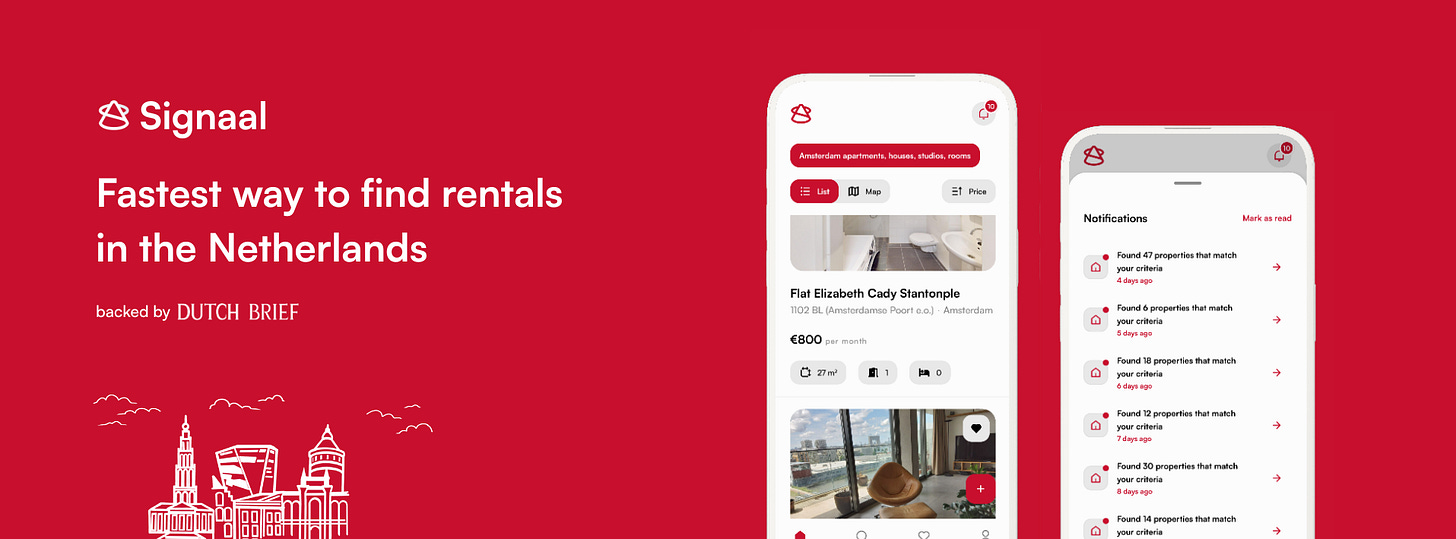Groningen City Is the Highest in the Province for Traffic Accidents
About 15 crashes per 1,000 cars and a higher share of injury crashes. Authorities want to push 30 km/h streets and hotspot fixes to improve safety.
Before we begin, a quick shoutout to our sponsor, Signaal:
Looking for housing in the Netherlands?
Signaal helps you skip the endless scrolling by tracking new listings from trusted platforms and alerting you when something matches your needs, all in one easy-to-use app.
An analysis of Rijkswaterstaat data by Wegenvignetten.nl shows that the municipality of Groningen has the highest crash risk (≈15 accidents per 1,000 cars), followed by Midden-Groningen (~12). Pekela and Westerwolde are the lowest (~8). Groningen city also sees a higher share of injury crashes than the surrounding areas.
Why the city scores the worst
Heavier urban traffic, large numbers of students and cyclists, and complex junctions push up collision risk in the city compared with rural municipalities. Multiple recent datasets also flag Groningen as the least bicycle-safe municipality in the province, with the most cyclist crashes per head.
Nationally, road deaths fell slightly to 675 in 2024 (from 684 in 2023), but cyclists remain the largest group among fatalities, an important context for a cycling city like Groningen. Emergency-department traffic injuries still number in the hundreds of thousands each year.
Groningen has long featured in “dangerous junction” rankings (e.g., Korreweg/Boterdiep and the Bornholmstraat area in past RTL analyses), underscoring the need for safer designs where busy bike flows meet cars and buses.
What Groningen is doing
30-km/h rollout in built-up areas (“Doorwaadbare Stad”) to lower impact speeds and reroute through-traffic to ring roads. Early results from Amsterdam’s 30-km/h switch show fewer crashes and fewer pedestrian/cyclist casualties, supporting Groningen’s approach.
SPV 2030 risk-based safety program: provinces and municipalities target halving victims by 2030, funding local traffic-calming, safer crossings, and school-area measures.
Monitoring & benchmarking: public dashboards compare victims per 1,000 km of road and by mode, helping pinpoint where to act first.




